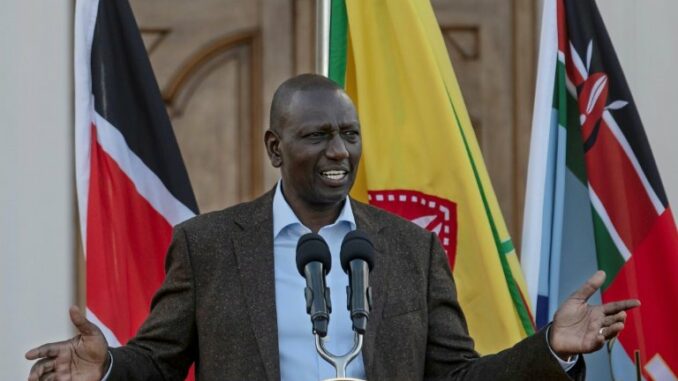
Tensions in Kenya have reached a boiling point as police resorted to tear gas to disperse protesters in Nairobi and other major cities. Despite President William Ruto’s recent dismissal of nearly his entire Cabinet, demonstrators continue to demand his resignation, citing poor governance as their primary grievance.
The protests have paralyzed business activities in Nairobi, with many establishments remaining closed due to fears of looting similar to last week’s incidents. Demonstrators have taken control of key roadways, including the Namanga highway on Nairobi’s outskirts, where they’ve set up fiery barricades.
The unrest, which began on June 18, initially called for the removal of Cabinet ministers accused of incompetence and corruption. However, the situation escalated dramatically when protesters stormed Parliament on June 25 following the passage of a controversial finance bill. The ensuing police response resulted in several fatalities, further inflaming public anger.
Although President Ruto has since refused to sign the bill and reshuffled his Cabinet, protesters remain unsatisfied. They argue that these actions fail to address the core issues of governance and accountability. The demonstrations have taken a heavy toll, with human rights organizations reporting 50 deaths and 59 abductions since the unrest began.
As Kenya grapples with this crisis, the protesters’ determination and the government’s response will likely shape the nation’s political landscape in the coming weeks.
